A penumbral lunar eclipse over Macedonia on Sept. 16, 2016.
(Image: © Stojan Stojanovski)
(Image: © Stojan Stojanovski)
From Space by Doris Elin Urrutia
Four lunar eclipses will appear across Earth's skies in 2020.
They will all be penumbral eclipses, which means the face of the moon will appear to turn a darker silver color for a few hours.
Weather permitting, people across most locations on our planet will catch at least one of the lunar eclipses falling on Jan. 10-11, June 5-6, July 4-5 and Nov. 29-30.
There's always a place on Earth where the sun don't shine.
In the space above the planet's night side is Earth's cone-shaped shadow.
It's impossible to see most of the time, but when the moon passes through part of the shadow, its existence becomes apparent.
In this video we'll learn how lunar eclipse occurs.
What is full moon eclipse, partial moon eclipse and penumbral eclipse.
We will also see why lunar eclipse doesn't happen every month.
There are two parts to Earth's shadow, creating three possibilities for a lunar eclipse.
Earth's atmosphere bends sunlight, so the planet doesn't cast a jet-black shadow.
So, if the whole moon passes through the innermost part of Earth's shadow, we see a copper-colored lunar face.
This is known as a total lunar eclipse, or a "blood moon."
In 2020, we'll observe four penumbral lunar eclipses.
This is when the moon only passes through Earth's penumbra, the outer part of the planet's cone-shaped shadow.
If the moon clipped even a part of the inner shadow, called the umbra, these events would be called partial lunar eclipses.
Penumbral Lunar Eclipse 10–11 January 2020
Penumbral lunar eclipse on Jan. 10-11
The first lunar eclipse on Jan. 10-11 will be best viewed from Africa, Europe, Asia and Western Australia, according to NASA.
The moon will undergo its deepest entry into Earth's penumbral shadow when these continents experience nighttime.
The eclipse begins at 12:07 p.m. EST (1707 GMT) and will last for 4 hours, 4 minutes and 34 seconds.
To find out whether you will be able to see this eclipse from your location, check out this interactive map from timeanddate.com.
A visibility map for the penumbral lunar eclipse of Jan. 10, 2020.
(Image credit: Fred Espenak/NASA)
In Johannesburg, South Africa, the penumbral lunar eclipse starts at 7:07 p.m. local time on Friday, Jan. 10.
The moon will be close to the horizon, according to timeanddate.com.
The maximum eclipse occurs a couple hours later, at 9:10 p.m.; then at 11:12 p.m., the eclipse ends.
There may be storms that night, so viewing conditions aren't ideal for eclipse observations.
In Jakarta, Indonesia, the penumbral lunar eclipse begins in the early hours of Saturday, Jan. 11.
The event begins at 12:07 a.m. local time, reaches maximum eclipse at 2:10 a.m. and ends at 4:12 a.m. — but like Johannesburg, cloudy conditions may obstruct the view.
Places like Kolkata, India, and Paris will have better weather for the penumbral eclipse.
Kolkata's penumbral eclipse begins at 10:37 p.m. local time, reaches its maximum the next day at 12:40 a.m. and wraps up at 2:42 a.m.
At 6:07 p.m. local time on Jan. 10, the eclipse will begin in Paris.
At 8:10 p.m. it reaches maximum and at 10:12 p.m. the eclipse ends.
This diagram from astronomer Fred Espenak illustrates the moon's path through the outer part of Earth's shadow on Jan. 10-11, 2020.
The red dot is Earth's umbra, which the moon will not pass through during any of the 2020 lunar eclipses.
(Image credit: Fred Espenak/NASA)
If you can't watch the eclipse in person, the Slooh observatory will stream live views of the eclipse online beginning at 2:30 p.m. EST (1930 GMT), and you can watch it live here on Space.com, courtesy of Slooh.
The Virtual Telescope Projectwill also offer a live webcast of the eclipse as seen from Rome, beginning at 12 p.m. EST (1700 GMT).
Penumbral lunar eclipse on June 5-6
A visibility map for the penumbral lunar eclipse of June 5-6, 2020.
(Image credit: Fred Espenak/NASA)
The next lunar eclipse, on June 5-6, will be visible to more areas in the Southern Hemisphere.
Africa, Australia and Central and Southern Asia will get to view this lunar eclipse in its entirety, and the east coast of South America will witness the end of the eclipse at moonrise.
During this event, the moon will dip just about half of its face into Earth's penumbral shadow, beginning at 1:45 p.m. EST (1845 GMT).
This eclipse will last for 3 hours, 18 minutes and 13 seconds, according to NASA.
This diagram from astronomer Fred Espenak shows the moon's path through the other part of Earth's shadow on June 5-6, 2020.
(Image credit: Fred Espenak/NASA)
From Sydney, Australia, the eclipse can be viewed in the predawn hours of Saturday, June 6.
The event begins there at 3:45 a.m. local time, reaches maximum eclipse at 5:24 a.m. and wraps up at 7:04 a.m., which will be just 5 minutes after moonset.
The opposite will happen over the skies of Lagos, Nigeria.
The inhabitants of the city will be just starting their evening when Sydney is ending its night.
The lunar eclipse over Lagos will become visible when the moon rises at 6:53 p.m. local time, but it will have actually started 8 minutes before.
The penumbral lunar eclipse will reach its maximum at 8:24 p.m., and the eclipse ends at 10:04 p.m.
Penumbral lunar eclipse on July 4-5
A visibility map for the penumbral lunar eclipse of July 4-5, 2020.
(Image credit: Fred Espenak/NASA)
North and South America get the best view of the July 4-5 lunar eclipse.
People in the westernmost parts of Africa and Europe will also view the event.
New York City will end U.S. Independence Day (July 4) with the penumbral lunar eclipse.
Starting at 11:07 p.m. local time, the moon will begin to slide into Earth's outer shadow.
At eclipse maximum (12:29 a.m. on Sunday, July 5), no more than half of the moon's face will take on a darker shade.
About an hour and a half after maximum, at 1:52 a.m., the event ends.
The entire eclipse will last 2 hours and 45 minutes.
This diagram from astronomer Fred Espenak shows the moon's path through the outer part of Earth's shadow on July 4-5, 2020.
(Image credit: Fred Espenak/NASA)
In Lisbon, Portugal, the moon first makes contact with Earth's shadow at 4:07 a.m. local time on Sunday, July 5.
The early morning event reaches its maximum at 5:29 a.m. and wraps up at 6:52 a.m., which is 34 minutes after the moon sets below the Portuguese horizon.
Viewing conditions are likely to be clear at that time of year.
Penumbral lunar eclipse on Nov. 29-30
A visibility map for the penumbral lunar eclipse of Nov. 29-30, 2020.
(Image credit: Fred Espenak/NASA)
The final lunar eclipse of 2020 will appear over North and South America, the Pacific Ocean and its neighboring regions on Nov. 29-30.
This last lunar eclipse will also be the longest of the year, lasting 4 hours, 20 minutes and 59 seconds. In New York City, the eclipse begins on Nov. 30 at 2:32 a.m. EST (0732 GMT) and ends at 6:53 a.m. EST (1153 GMT), with maximum eclipse occurring at 4:42 a.m. EST (0942 GMT).
In the coastal city of Lima, Peru, the moon will make first contact with Earth's penumbral shadow at 2:32 a.m. local time on Monday (Nov. 30). Most of the moon's face will enter the shadow, and the eclipse will reach its maximum a couple hours later at 4:42 a.m.
If viewing conditions are good (history indicates the day will probably be cloudy), spectators can enjoy the lunar eclipse for another hour, until the moon sets at 5:40 a.m.
The lunar eclipse wraps up at 6:53 a.m. local time.
This diagram from astronomer Fred Espenak shows the moon's path through the outer part of Earth's shadow on Nov. 29-30, 2020.
(Image credit: Fred Espenak/NASA)
On the flip side, viewers across the Pacific and the Philippines will see a lunar eclipse already in progress when the moon rises above the horizon.
At 3:32 p.m. local time in Manila on Monday, Nov. 30, the lunar eclipse begins.
This is before moonrise; folks will first view the event at 5:23 p.m., and it reaches its maximum at 5:42 p.m.
The eclipse wraps up at 7:53 p.m.
In Auckland, New Zealand, the penumbral eclipse starts at 8:32 p.m. local time on Nov. 30, reaches maximum at 10:42 p.m. and ends the next day (Tuesday, Dec. 1) at 12:53 a.m.
This day has been cloudy 80% of the time over the last two decades, according to timeanddate.com.
Links :
- Space : Penumbral Lunar Eclipse Occurs Friday: Here's What to Expect / How to Catch the Next Eclipse: A List of Solar and Lunar Eclipses in 2020 and Beyond / 2020 Full Moon Calendar / Pow! A Meteorite Slammed into the Moon at 38,000 MPH During Lunar Eclipse / Partial Lunar Eclipse Puts on a Moon Show 50 Years After Apollo 11 Launch
- The Weather Channel : First Full Moon of 2020 Comes with a Lunar Eclipse
- CNN : Wolf moon eclipse kicks off the first of 13 full moons in 2020
- GeoGarage blog : Don't miss this week's deep red blood moon ... / Don't call it a blood moon. Or Supermoon ... / Total lunar eclipse will bring a moon triple ... / Total lunar eclipse for the winter solstice ... / Are these photographs of a 'Hunter's Moon'? / Lunar eclipse turns moon blood red
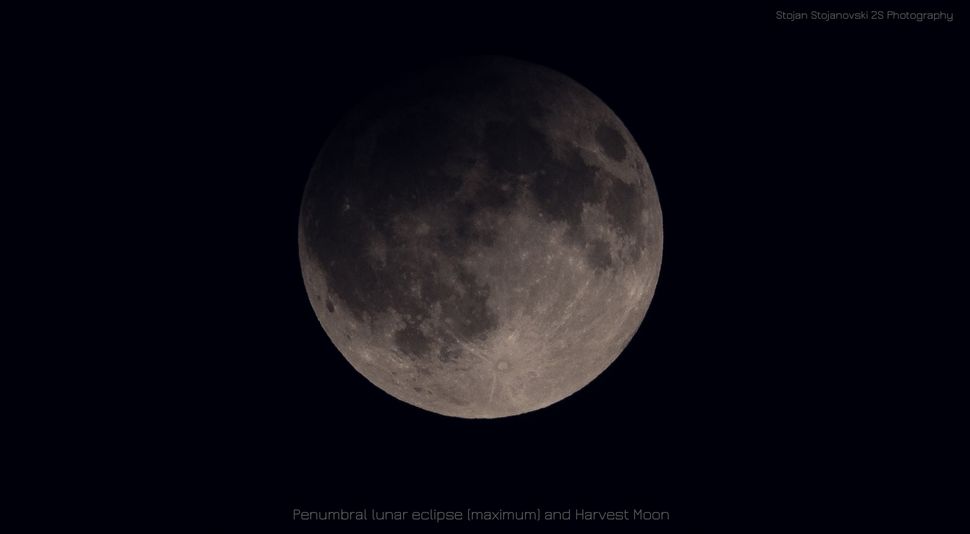
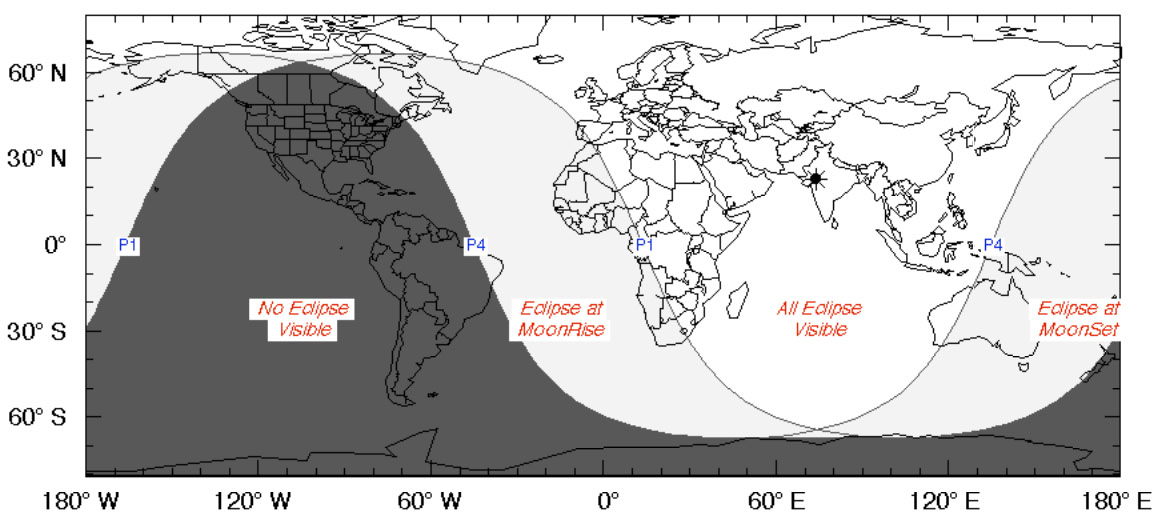
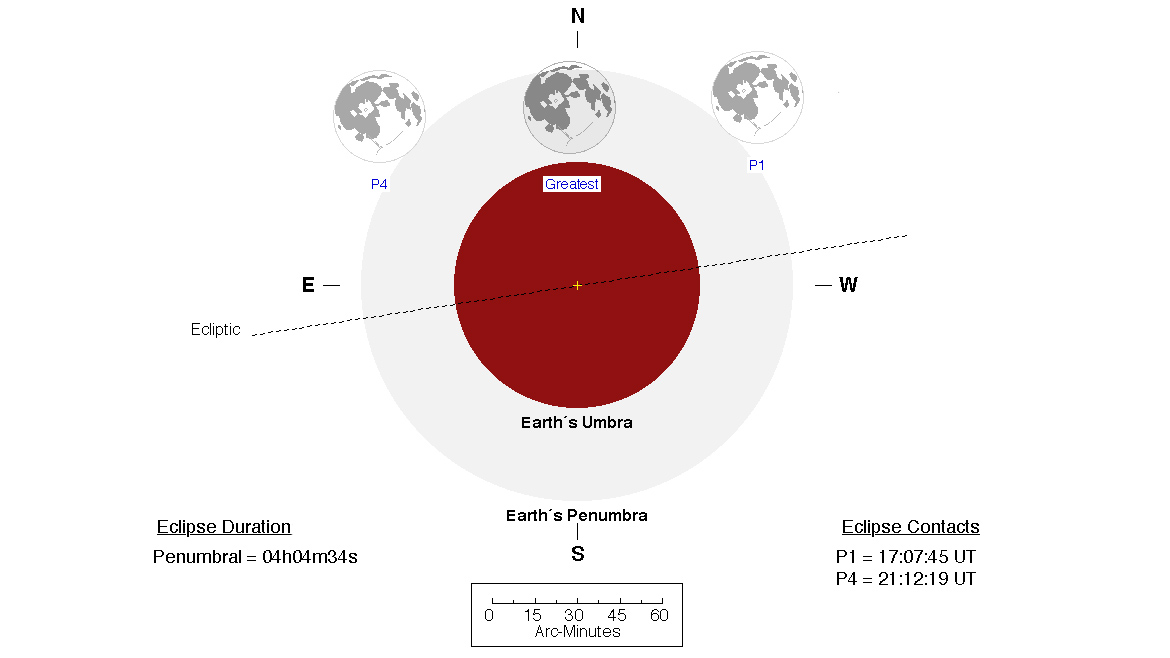
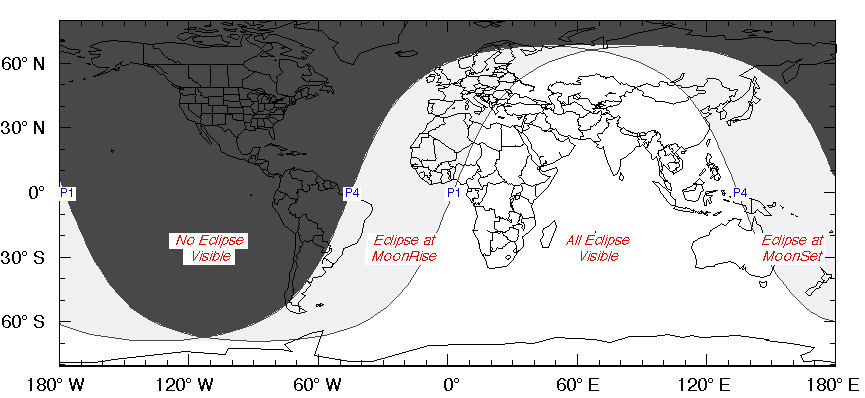
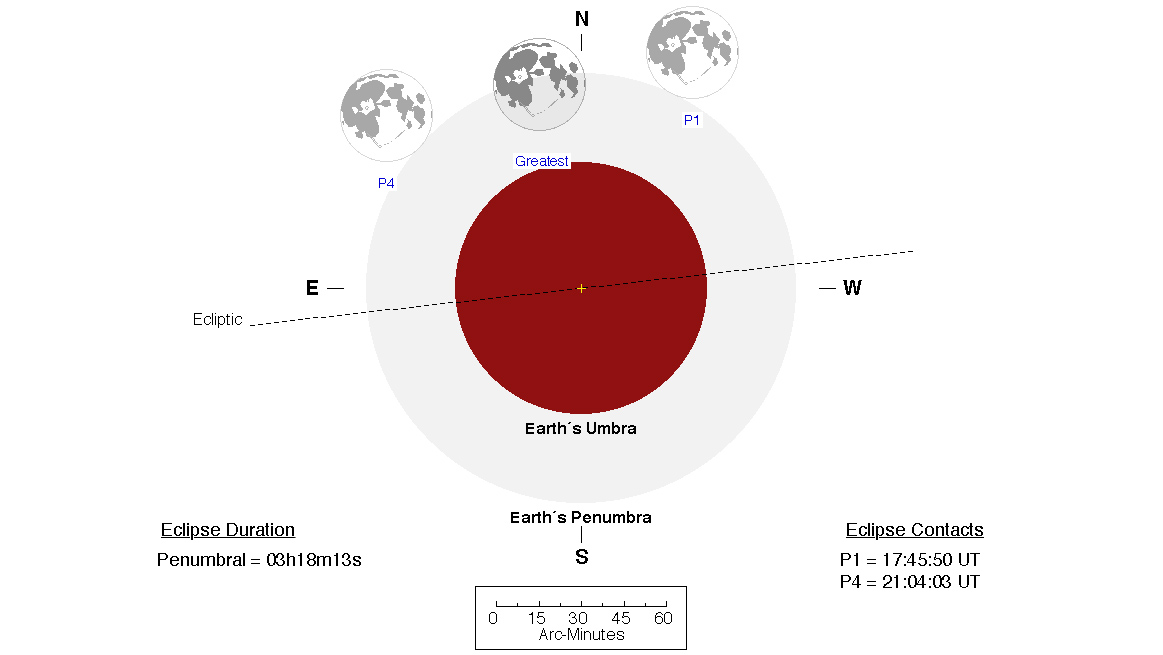
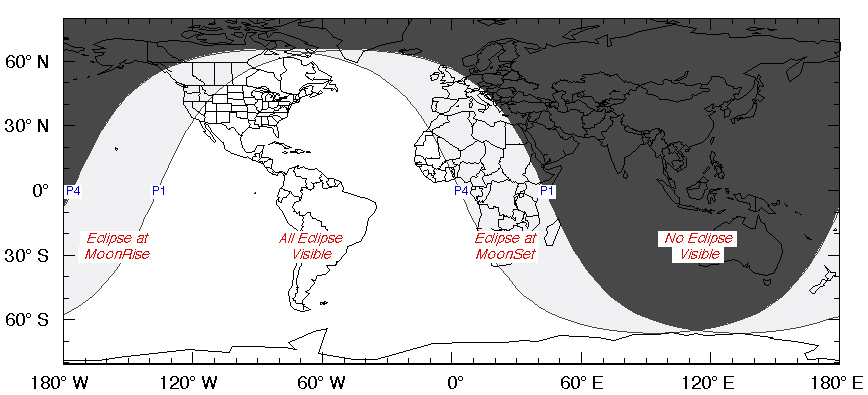
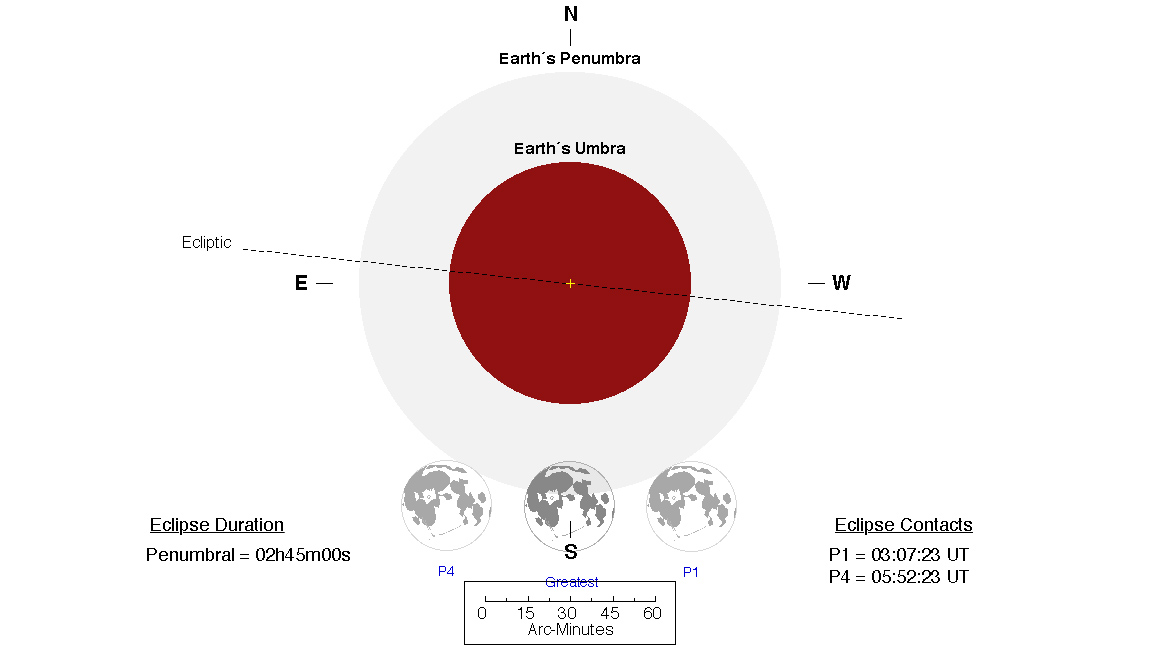
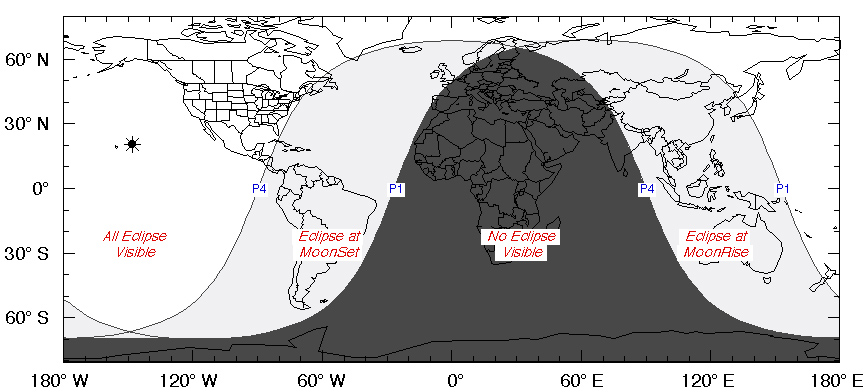
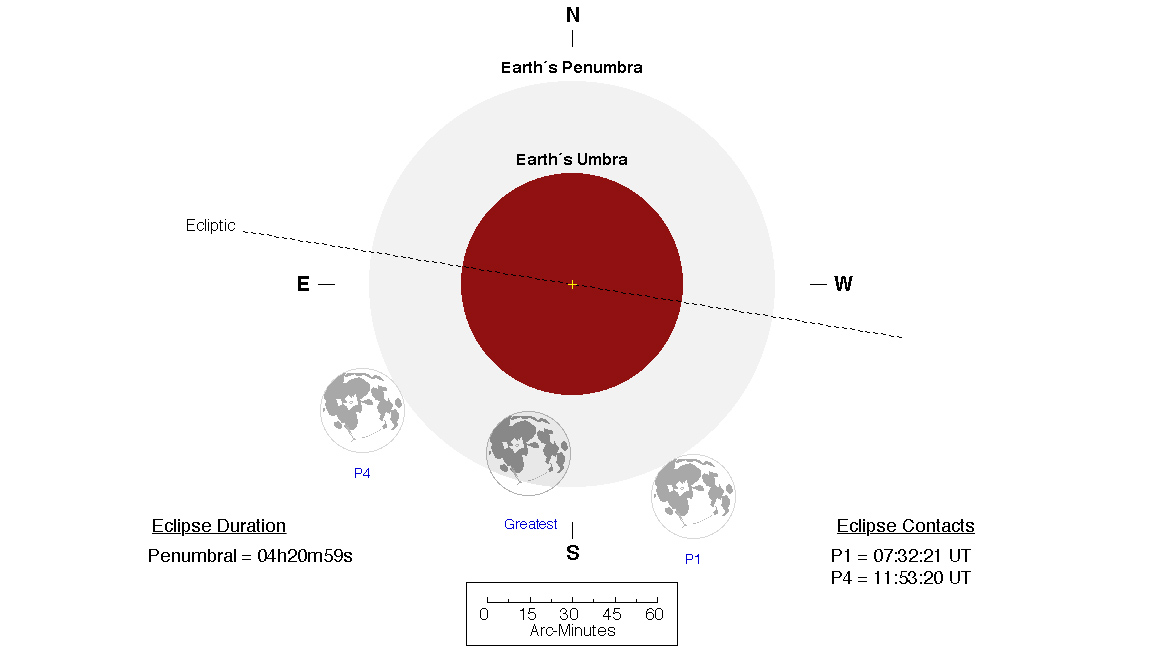
No comments:
Post a Comment